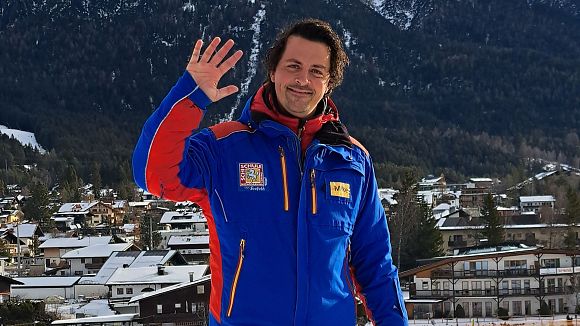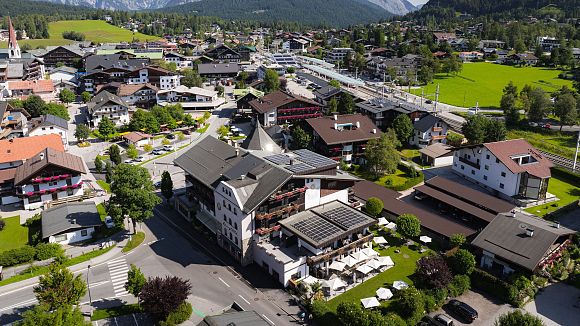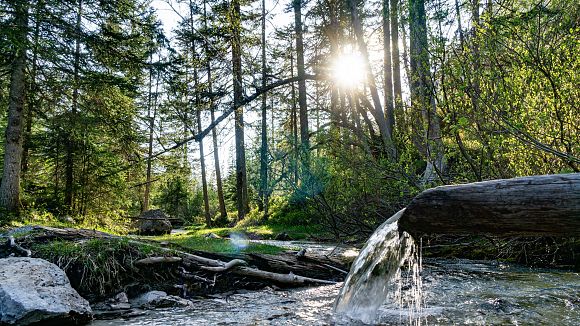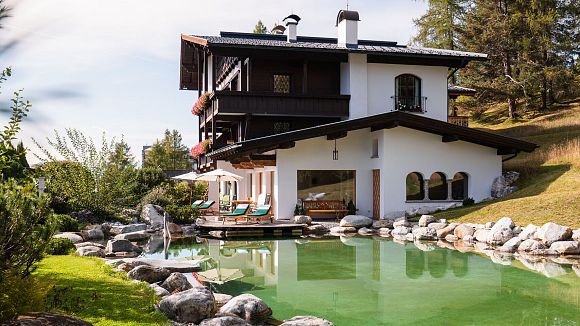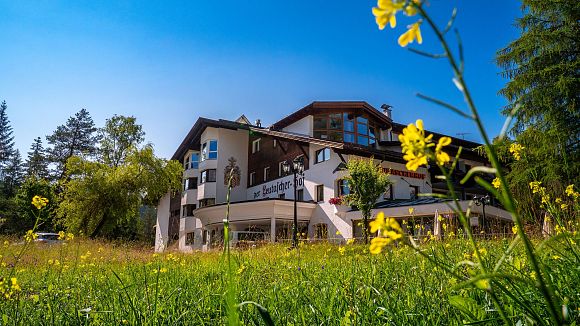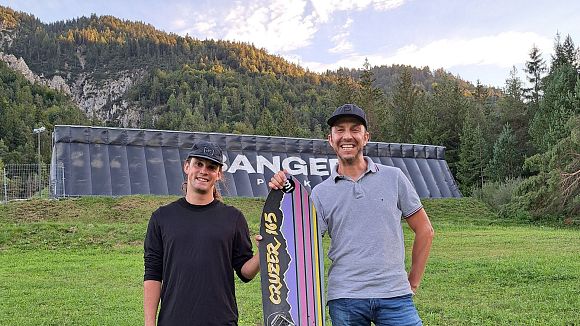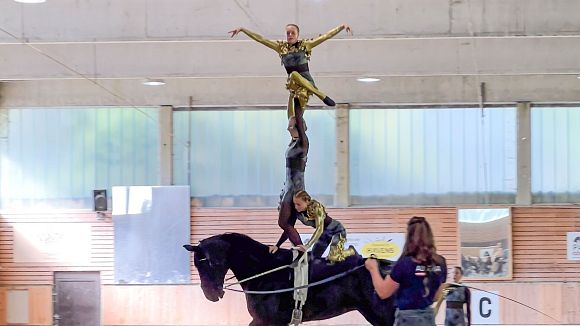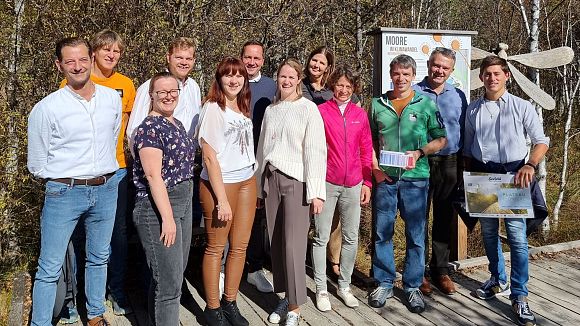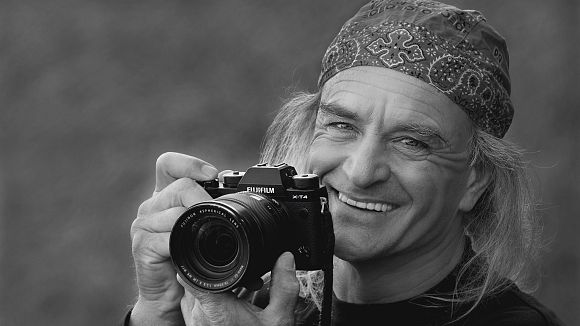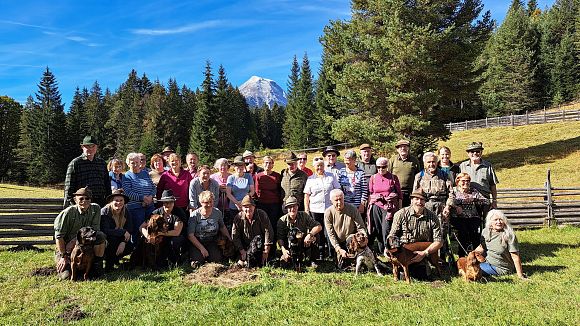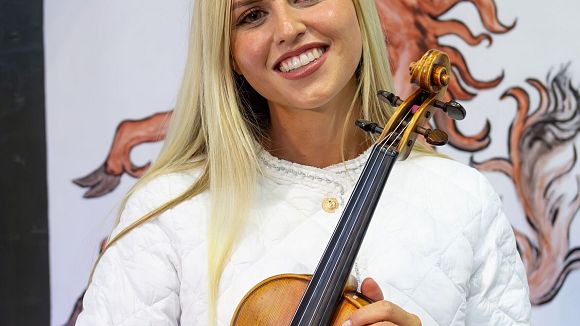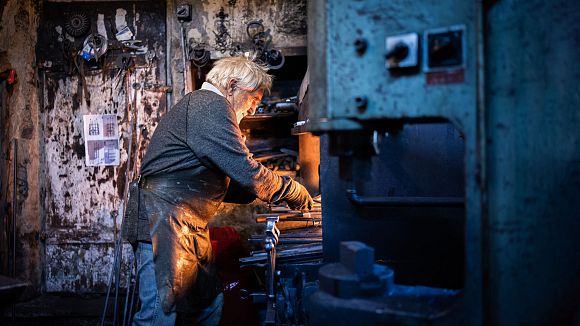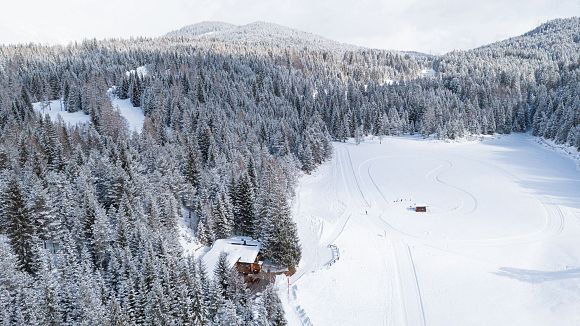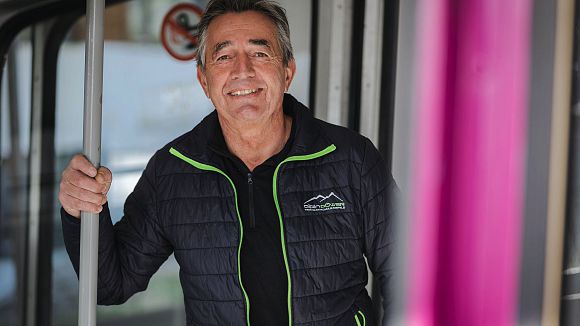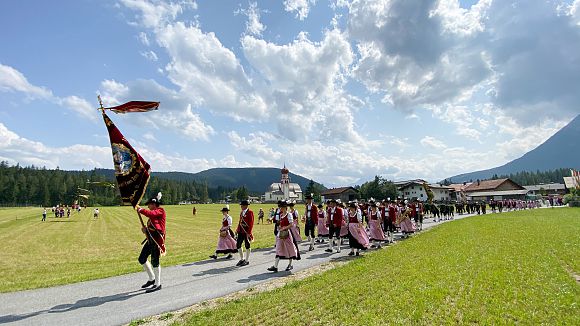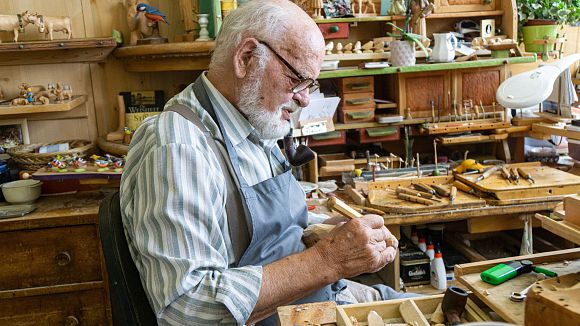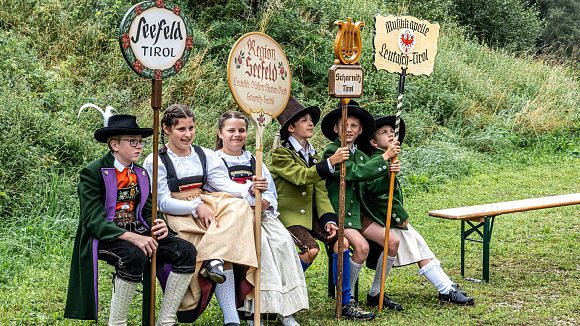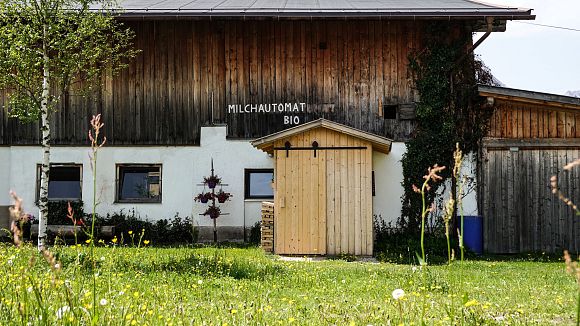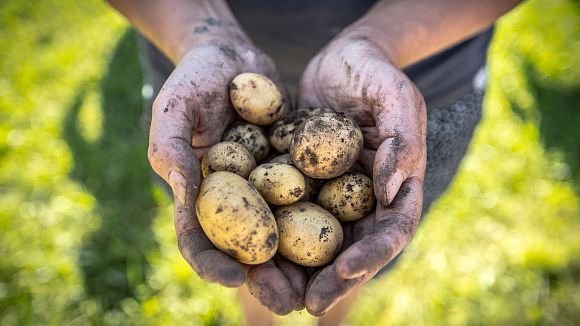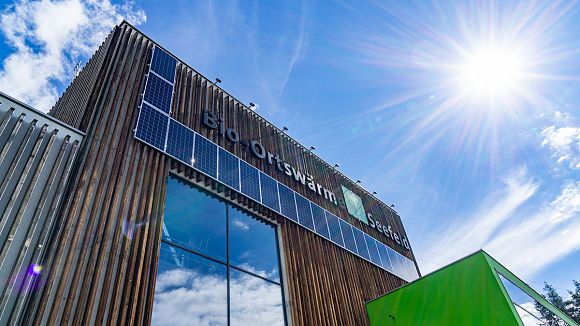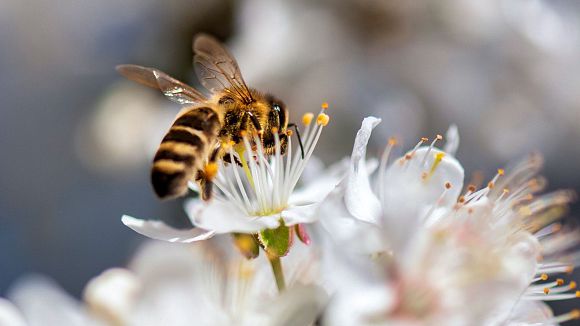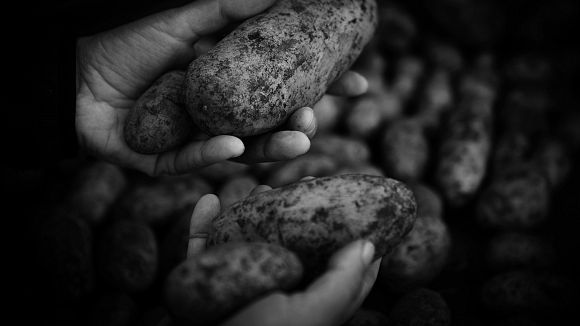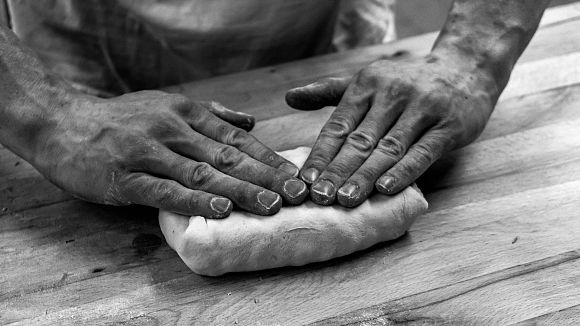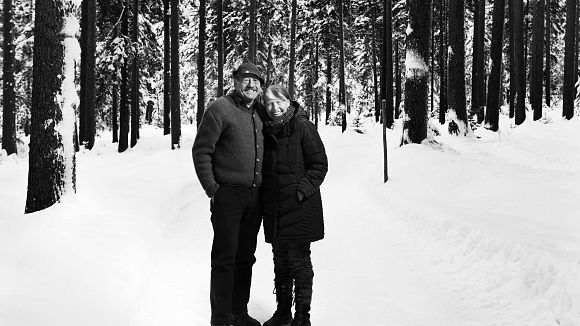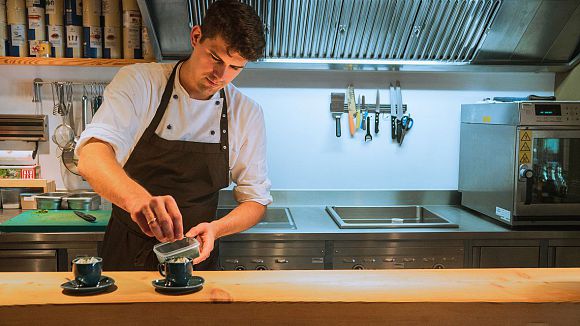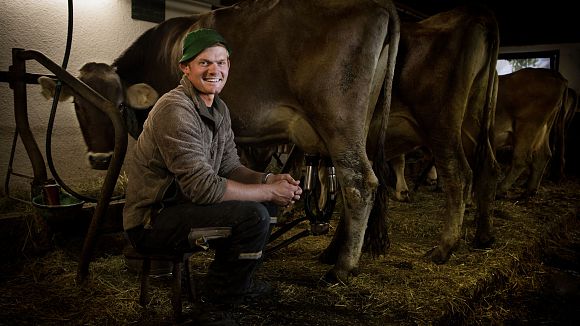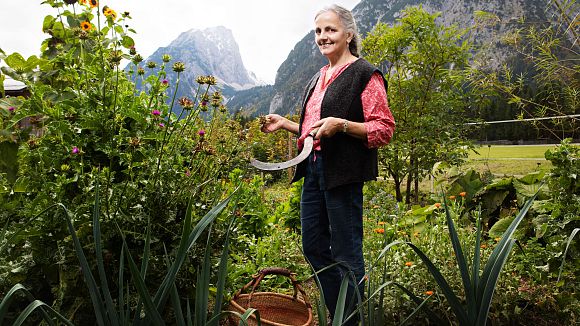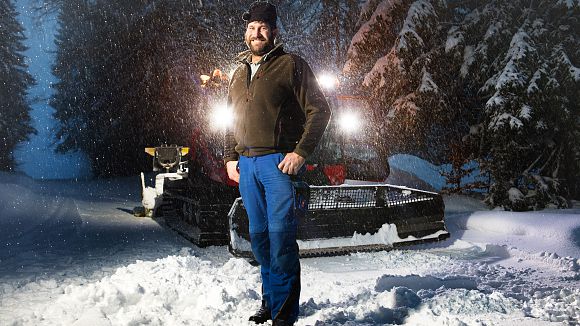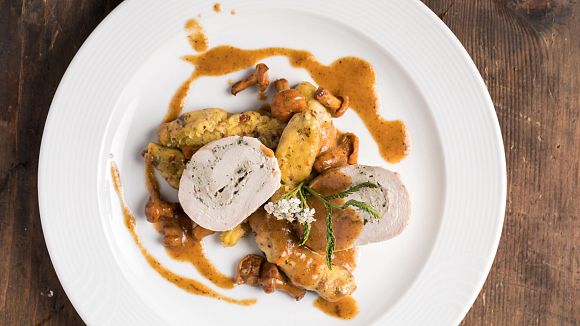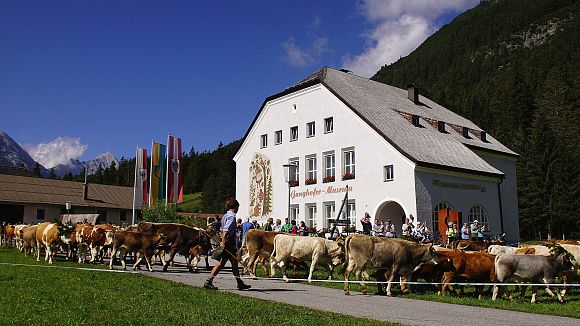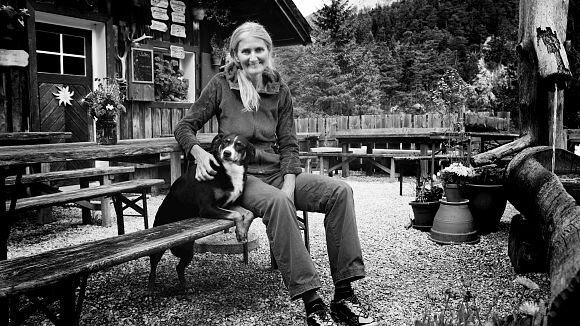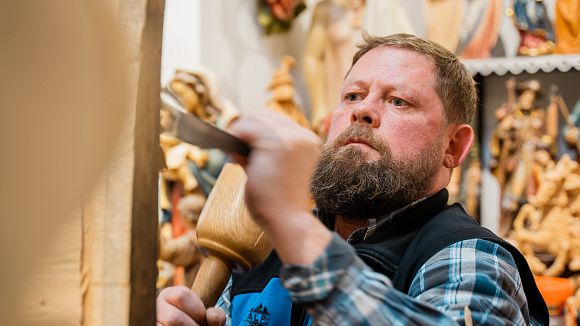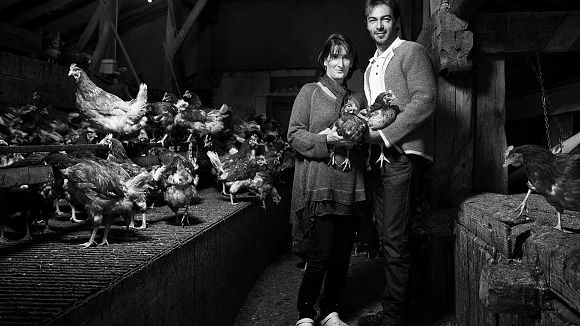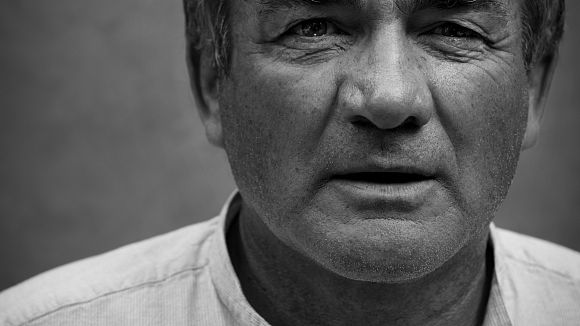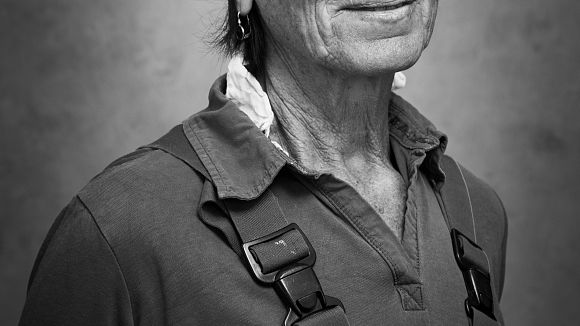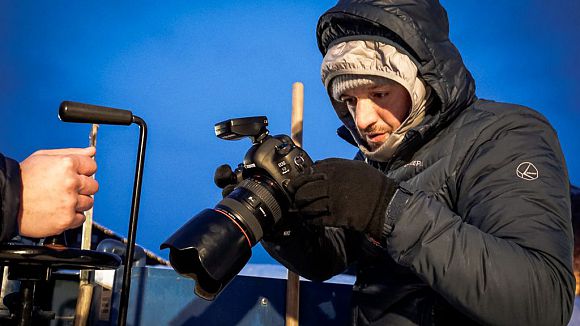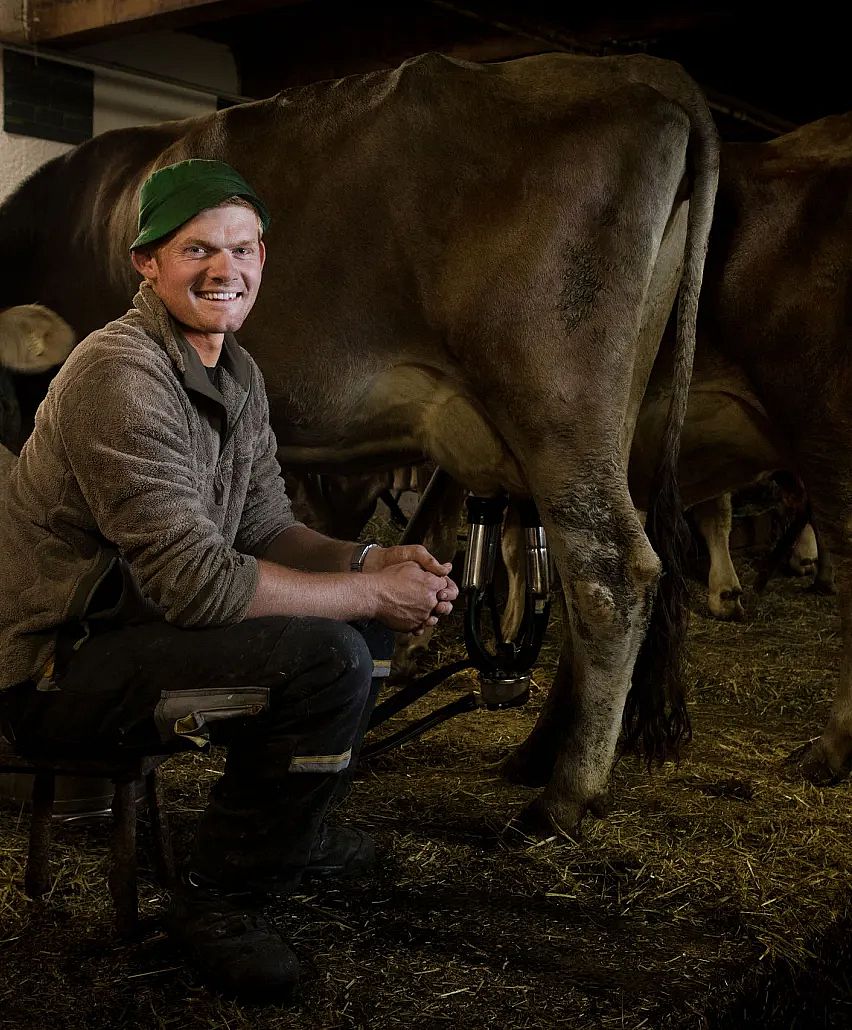
von Tessa Mellinger
September 10, 2019
TRUE LOCALS
Farmer Thomas Nairz and the Almabtrieb
The Almabtrieb is a very special event every year for the shepherds and farmers in the region. After a summer in the mountains, the cows come back to the valley. This is traditionally celebrated at the Almabtrieb. Farmer Thomas Nairz from the Lippenhof in Leutasch is always there and tells us about the centuries-old farming custom and about his life on the hereditary farm.
Up to the mountain pasture ("Alm")
Every year in spring it's time for about 260 cows and some horses from Leutasch: The alpine pasture is calling! There they can experience what we all secretly dream of: spending the summer in the mountains. High up, on lush alpine meadows, with a magnificent view and fresh mountain air. In June, when the snow has melted, the animals are brought to the mountain pastures. For this they have to make a long march: 6 kilometers is the way to their summer residence, the Gaistalalm. A little later in the season they go even further up to the Rotmoosalm. There they spend the summer days at 2030 meters. Thomas and the farmers hand over their cattle to the care of the shepherds. Every day they look after the animals and check that they are all alive and well.
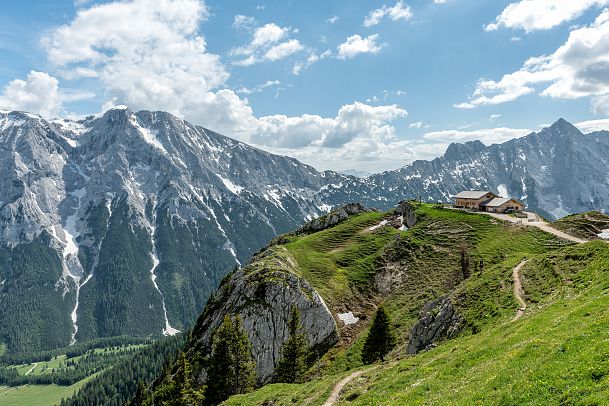
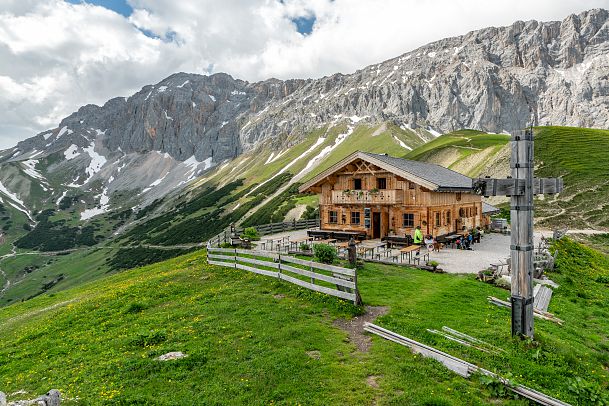
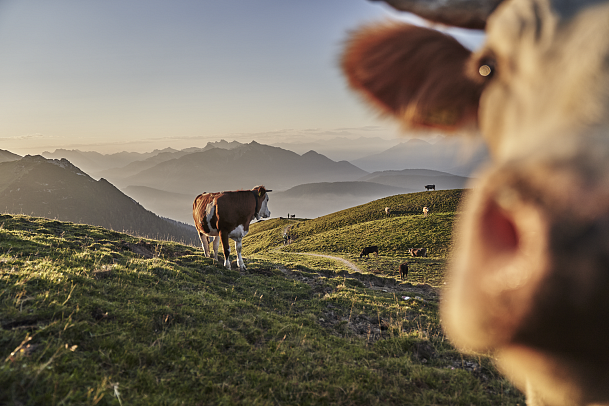
Towards the end of the season, the cows return to the lower-lying Gaistalalm. "In 2018, that was a bit earlier because we already had snow in August that year," Thomas explains. The mountain summer lasts three to four months. The cows have to get back into their stalls before the snow comes and the feed runs out. In 2018, the cattle had to go down into the valley a little earlier than usual: the summer was dry and the feed was coming to an end.
And so a very special event was in store for the herders and farmers at the beginning of September: The Almabtrieb!

A festively decorated cow on the day of the Almabtrieb
„Da Somma isch umma!" (The summer is over!)
When the days become shorter again and the temperatures cooler, you notice it quite creepingly: Autumn is slowly moving in. For the cows and horses this means the return to the valley and therefore the Almabtrieb in Tyrol is also the first sign that summer is over.
Almabtrieb needs some preparation: "The day before the Almabtrieb, the farmers and shepherds already come together. The cows are then herded together in an Anger below the Gaistalalm," says Thomas. The next morning the journey really starts: 120 cows move towards the valley. 120 animals, including numerous calves - anyone who knows cows knows that they sometimes have a mind of their own! Therefore, a driving down of the mountain pastures requires the greatest effort and concentration from everyone. The fact that it always runs smoothly and without problems is due to the good cooperation. Together, the herdsmen, farmers, young farmers and dogs help to ensure that the cattle arrive in Leutasch safe and sound.
Old peasant custom: The cows are decorated
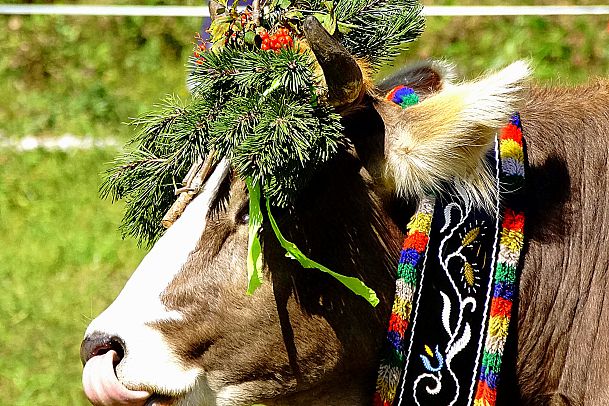
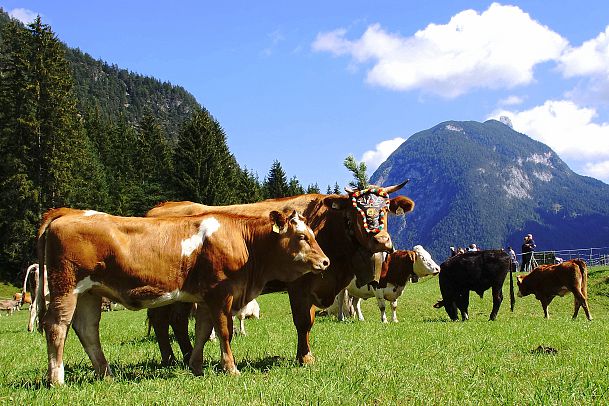
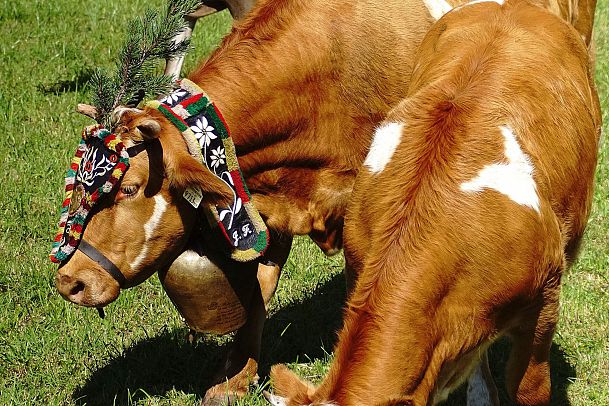
Everyone gets dressed up for the Almabtrieb - even the cows are traditionally decorated. However, the cows are only really "frilly", as the festive adornment with lush flowers and large headdresses is called, if all the animals return from the alpine pasture in good health. "This year, unfortunately, two cows crashed," Thomas regrets. But the animals have already been made a little festive: Some of them were allowed to wear decorated forehead masks, others were traditionally decorated with mountain pine brushwood.
Welcome home
After 6 kilometers through the Gaistal, the route is mostly done. This year the first stop was at the Ganghofer Museum in Kirchplatzl. Already from a distance you can hear the troop: The loud jingling of bells, the clatter of hooves and the calls of the shepherds announce their arrival.
At first, the cows are always driven to a pasture further up in the Leutasch. Here, some farmers are already sorting out their cattle. The rest of the herd is allowed to rest briefly before the journey continues out of the valley. The farmers and herders also take a well-deserved break and are pleased that the journey has gone well so far.
In the evening, after all the cows have returned to their stalls and pastures, the community always meets again for dinner at the inn. It is the end of the summer in the alpine pastures: The drive down is celebrated, the stories of the summer are told once again and one knows: Autumn is now here!
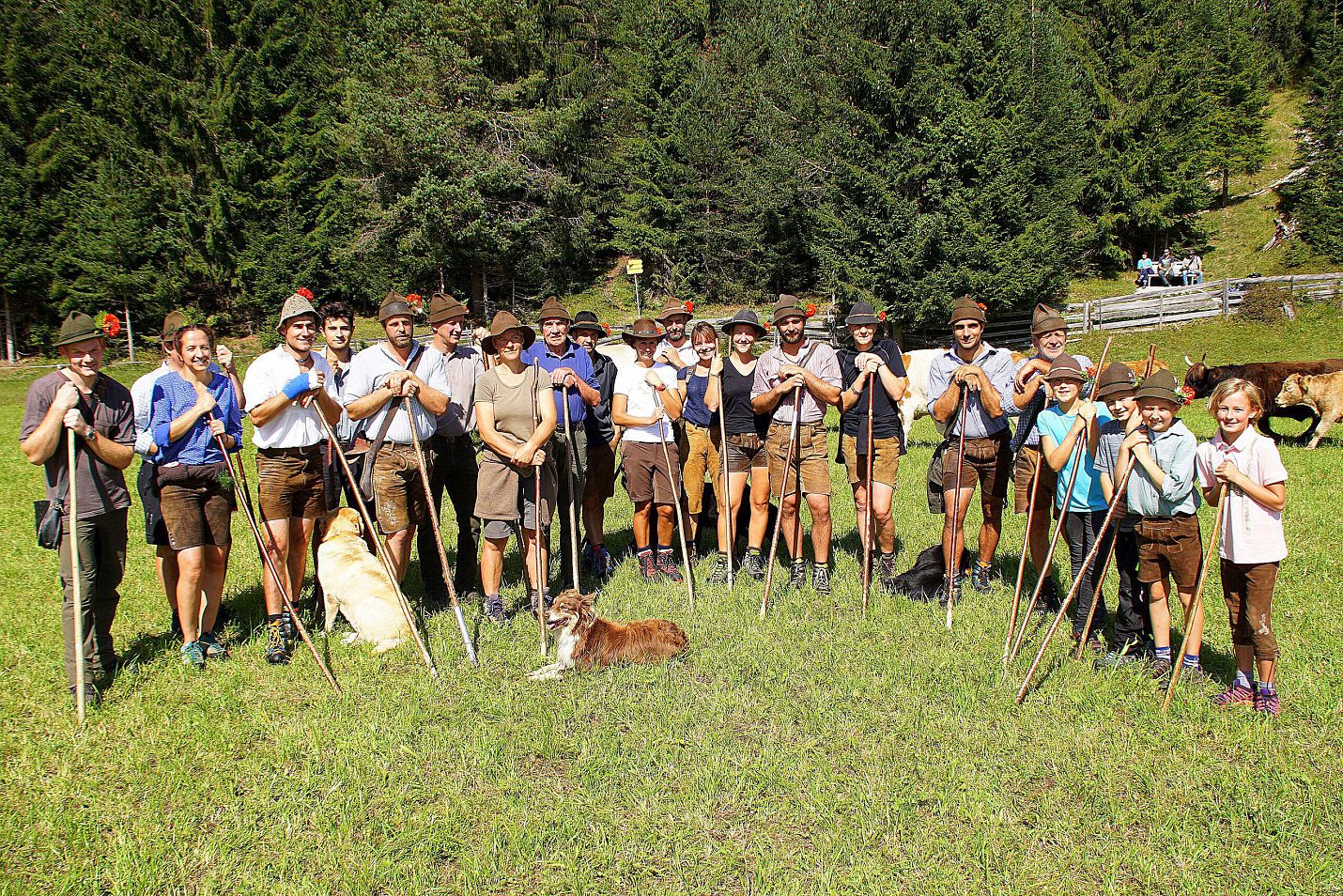
Shepherds from the Almabtrieb
A life on the farm: Thomas Nairz from Lippenhof Leutasch
The Almabtrieb 2018 was already his 10 Abtrieb for Thomas. He grew up on the Lippenhof in Leutasch. The hereditary farm has been in the family for 277 years - now Thomas is the next generation to continue running the farm.It was clear to Thomas early on that he would take over the farm one day. "Well, when I was very small, I wanted to become a carpenter - or even a priest!" he laughs. But from his youth he knew:"Basically, there was never seriously any other option, this is what I always wanted to do."So now Thomas takes care of the 12 cows, young stock and calves that are part of the farm. The young cattle spend the summer on the pasture. The six dairy cows are on pasture in the summer. They have to be milked twice a day. "Until a few years ago, my father still did that by hand in the summer," Thomas says. But that is a lot of work. "I set up a milking machine in the pasture that can be operated with the tractor.".
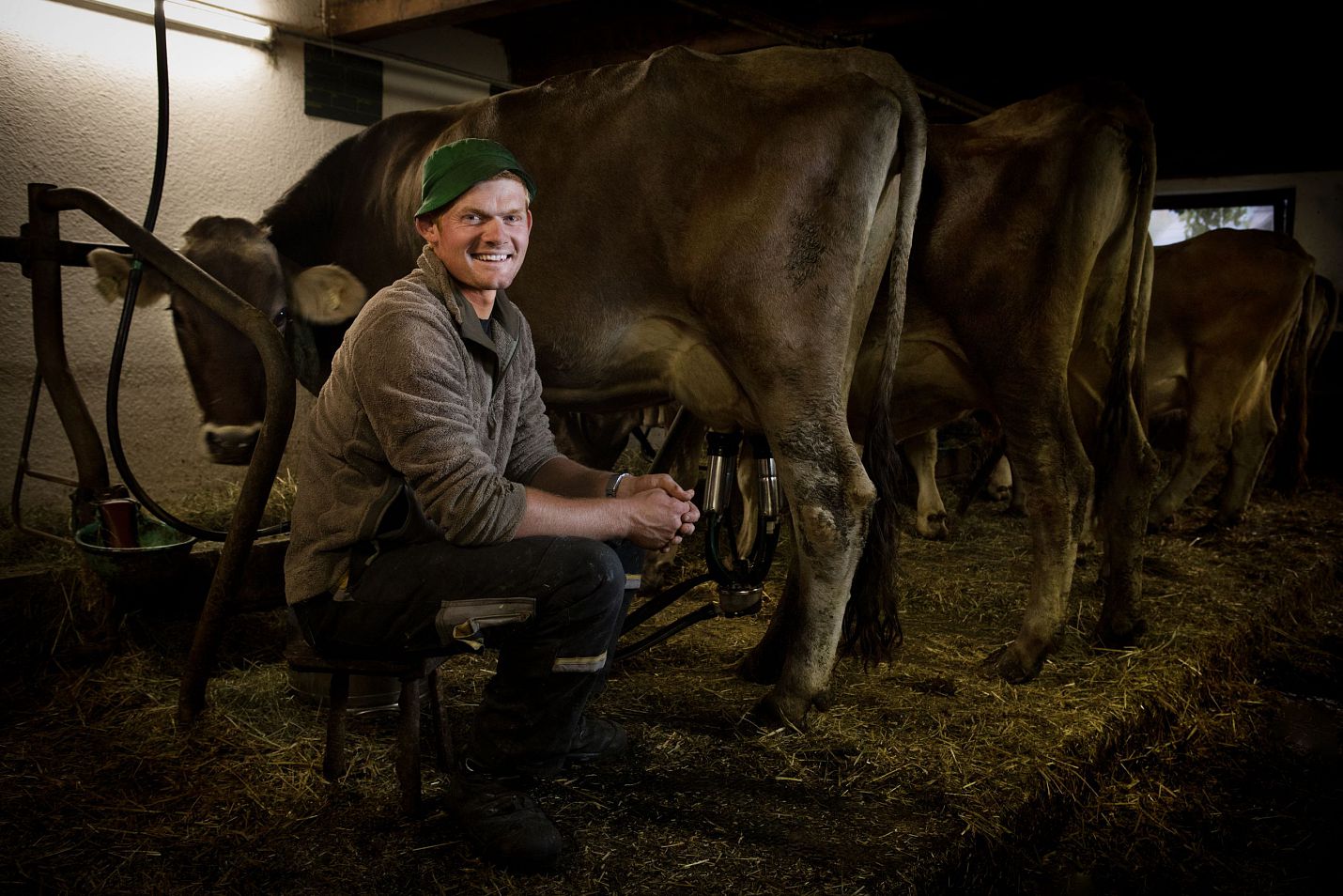
Thomas Nairz milking in the barn
Fresh milk makes tired men cheer up!
There is hardly anything better than a fresh glass of milk directly from the farm! That is exactly why there is a milk vending machine at Lippenhof. Every day and at any time you can get the milk here - an offer that is gratefully accepted by locals and guests.
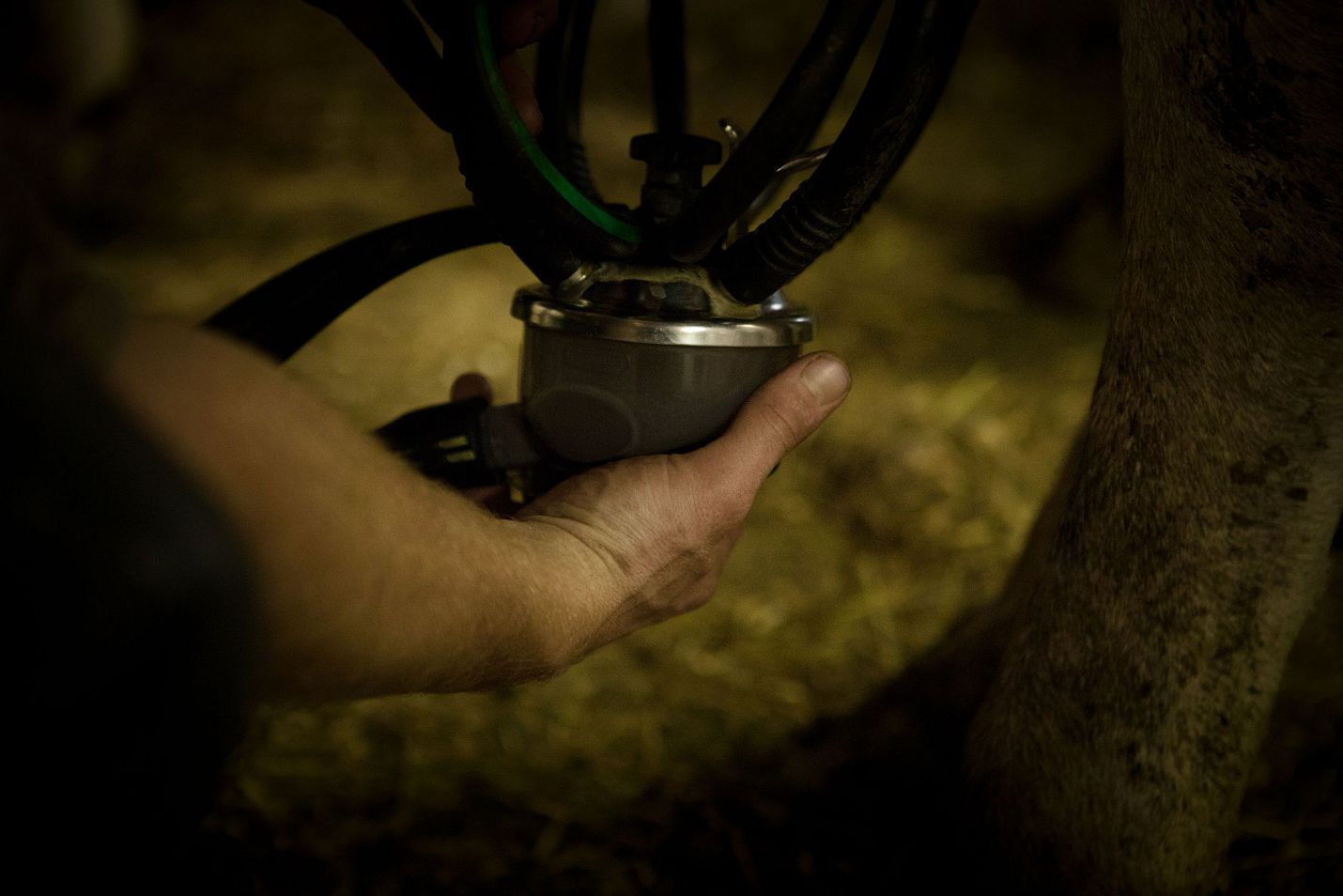
Milking in the barn
The cattle and the forest
In addition to the stable work, Thomas also tills the fields, makes hay, puts up the fences on the mountain pasture in the spring and does many other jobs that arise on the farm. But most of the work, and the most time-consuming, is the woodwork. "Thanks to the machines, however, it is no longer as time-consuming as it used to be," says Thomas. And yet: for Thomas, a labor-intensive project began in the spring of 2018. In the Gaistal, the forest-pasture separation was initiated. Here, in fact, the farmers have grazing rights, but a large part of it is forest. So the cows are also in the forest, but this harms it. Therefore, efforts are being made to remove the animals from the forest. In order to protect the forest and provide better pastures for the cows, the farmers are given grazing areas, some of which still have to be cleared. So Thomas will also work the next summers to create lush, green meadows where the cows can spend their idyllic alpine summer.
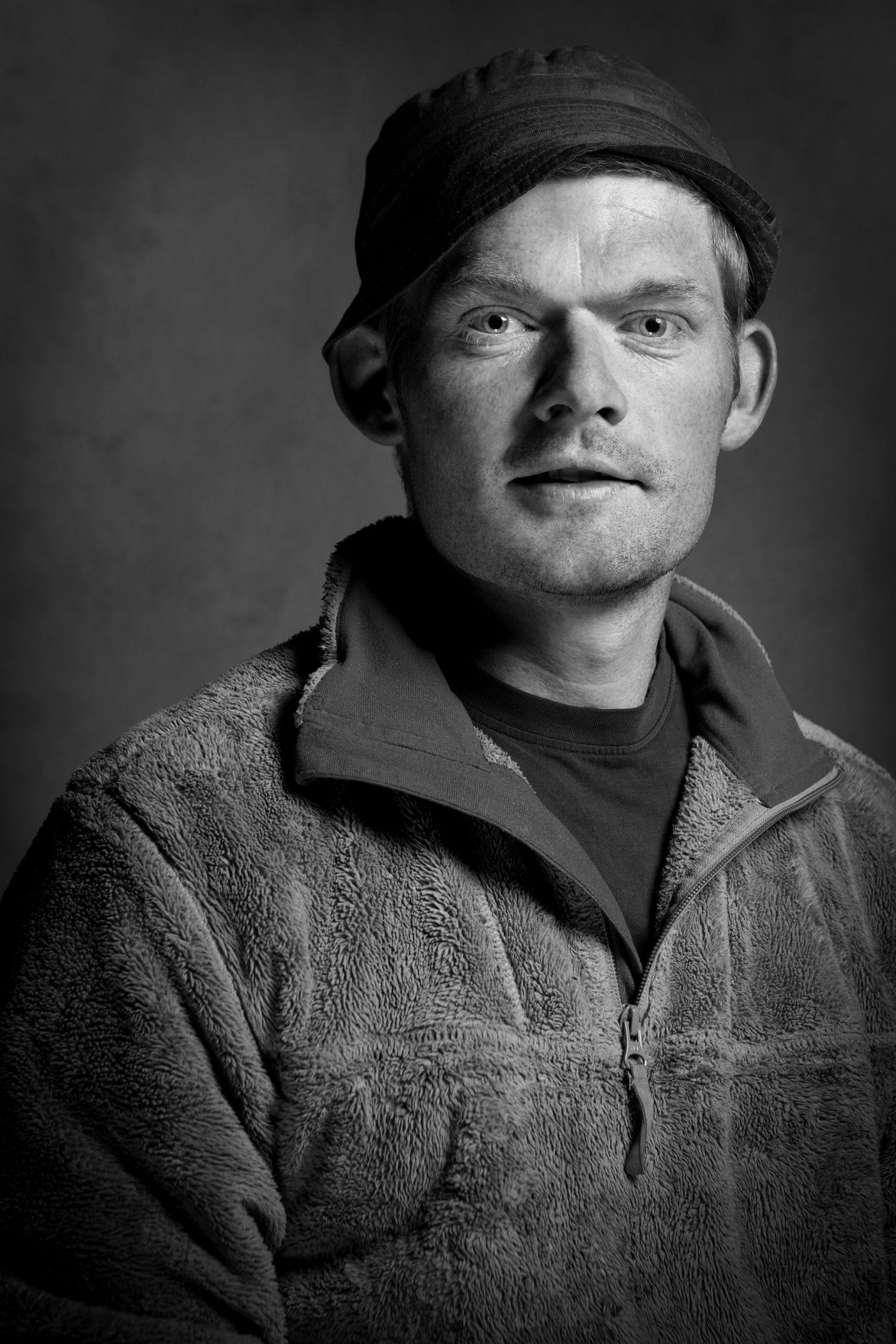
One man for many tasks - Thomas Nairz
Summer & Winter
Summer and winter alike, Thomas' day starts at 5 a.m. and goes until half past seven in the evening. The days are long and often depend on the weather and the season. If rain is forecast, the hay has to be brought in quickly or the potatoes have to be harvested. In winter, when the snow often covers the fields and mountains to a height of several meters, the field and wood work is not necessary. That's why Thomas worked as a ski instructor in Seefeld in the winter until the end. "That's a very different job from the one on the farm," Thomas tells us. He enjoyed dealing with the guests. "It's a great experience and I wouldn't want to miss it!". But so the whole year was very labor-intensive. Now he can also go on a ski tour once in a while in the winter and take time for himself. But Thomas says: "I prefer spring when everything turns green - and when the cattle are on the alp. There, where they certainly have the most beautiful time of the year!" And so all 260 cows in Leutasch are probably already counting down the days until it's time again: the alpine pasture is calling!
In addition: On the Lippenhof in Leutasch there are two vacation apartments where guests can spend their vacations. You can find more information here: Lippenhof Leutasch
Blog Tags
Share
